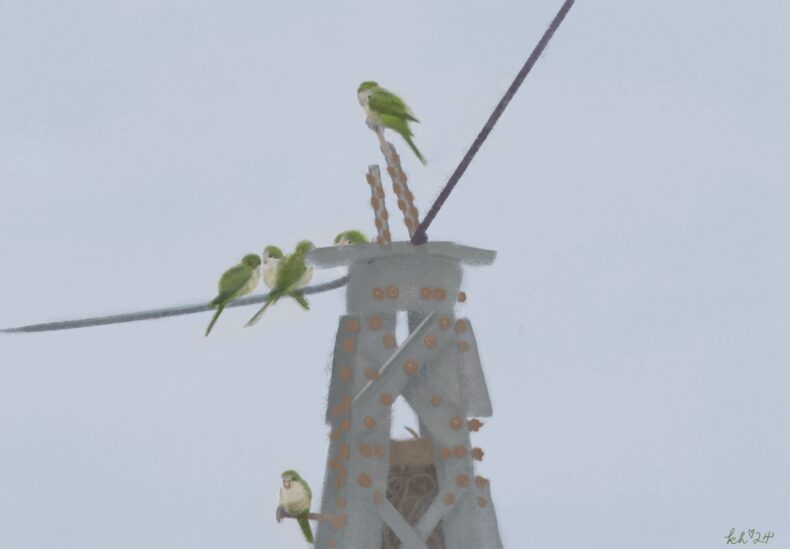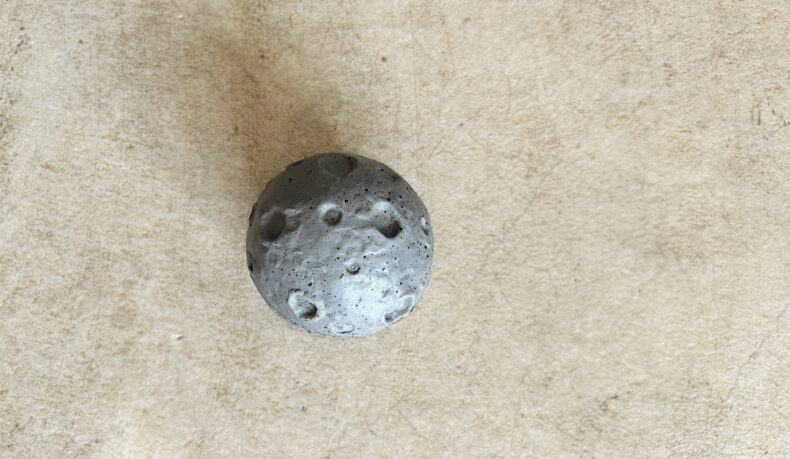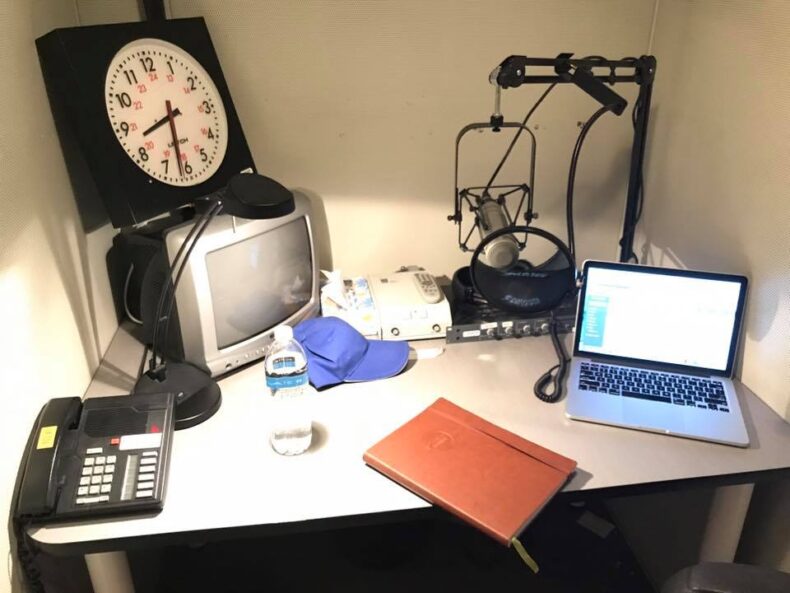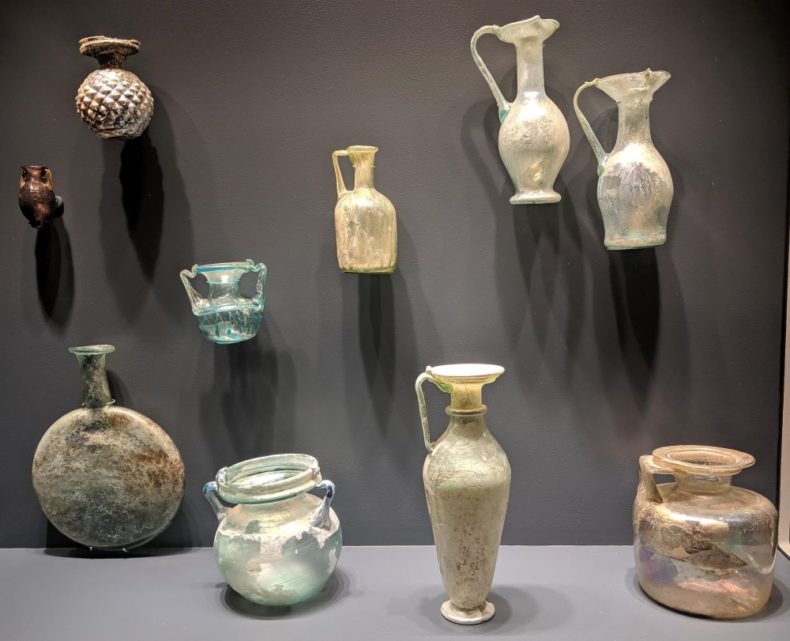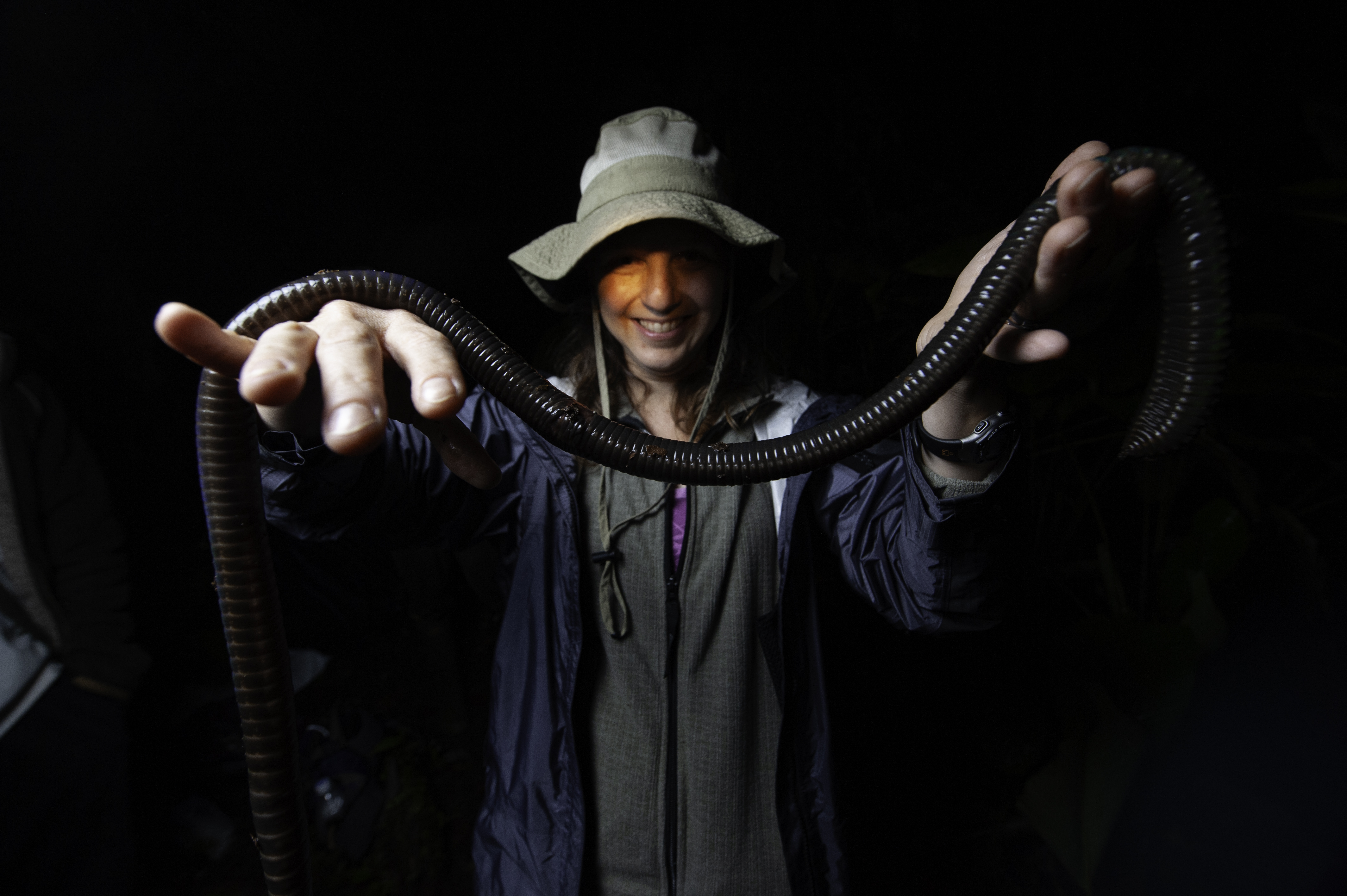
Look at this worm!! Folks, I met this giant earthworm during a trip to a cloud forest in Ecuador where I was covering amphibian declines with photographer Joel Sartore for National Geographic. It may recall one of those corrugated plastic pipes you use to run water from your downspout to the street, but it’s not that. (It’s too narrow to do much good in that department anyway…it would certainly clog up with the first rain.)
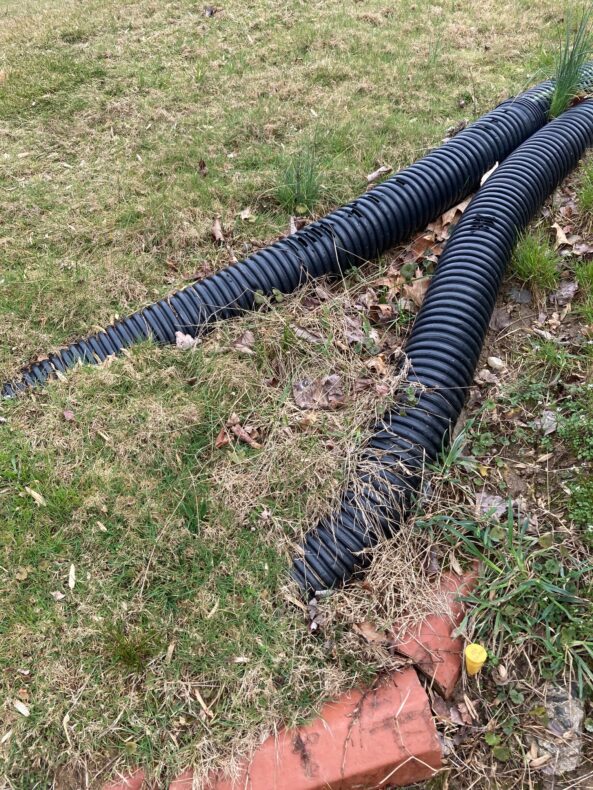
The worm was just a thing we found along the trail, and we weren’t prepared with a worm field guide or a worm expert and so didn’t officially ID it. However, there’s another giant earthworm known to Ecuador called Martiodrilus crassus—which one online source says translates to “worm that feeds on dogs” and another insists means “thick martian,” and I’m too lazy to go down this particular wormhole to investigate further. Anyway, it’s possible that’s the kind of worm this is, but don’t quote me on it.
Earthworms live in burrows underground, which they tunnel out themselves with their muscular heads. If their burrows flood, they come up to the surface. That’s probably why this one was out and about: It rains a lot in the Ecuadorian cloud forest. In fact, you’d think the trail would be displaced worms as far as the eye can see. You know that childhood game “The Floor is Lava” where you leapt from chair to chair in the living room to avoid burning your feet? What if the floor were worms? It seems like a bad idea for lots of reasons (squish squish), but it did spring to mind when I considered all those drowning worms’ emergence.
There are bigger earthworm species in Australia. Some can reach nearly 10 feet in length and can even be heard gurgling and glugging underground. But this South American one, which made no sound that I could detect, was no slouch. Earthworms eat organic matter and minerals in the soil, and then poop out said organic matter and minerals (minus whatever their simple bodies need, I suppose). Those “castings” left behind are called frass, and big worms leave behind a lot of it. I’ll say this: I’m glad I don’t have to clean up after this particular earthworm or any of its big-ass cousins.
—–
Thanks to top-notch photographer and friend Joel Sartore (you may know of his Photo
Ark project, and if you don’t, you should) for the wacky image of me and the worm shot on a trail in the cloud forest reserve of Reserva Las Gralarias, near Mindo, Ecuador.
